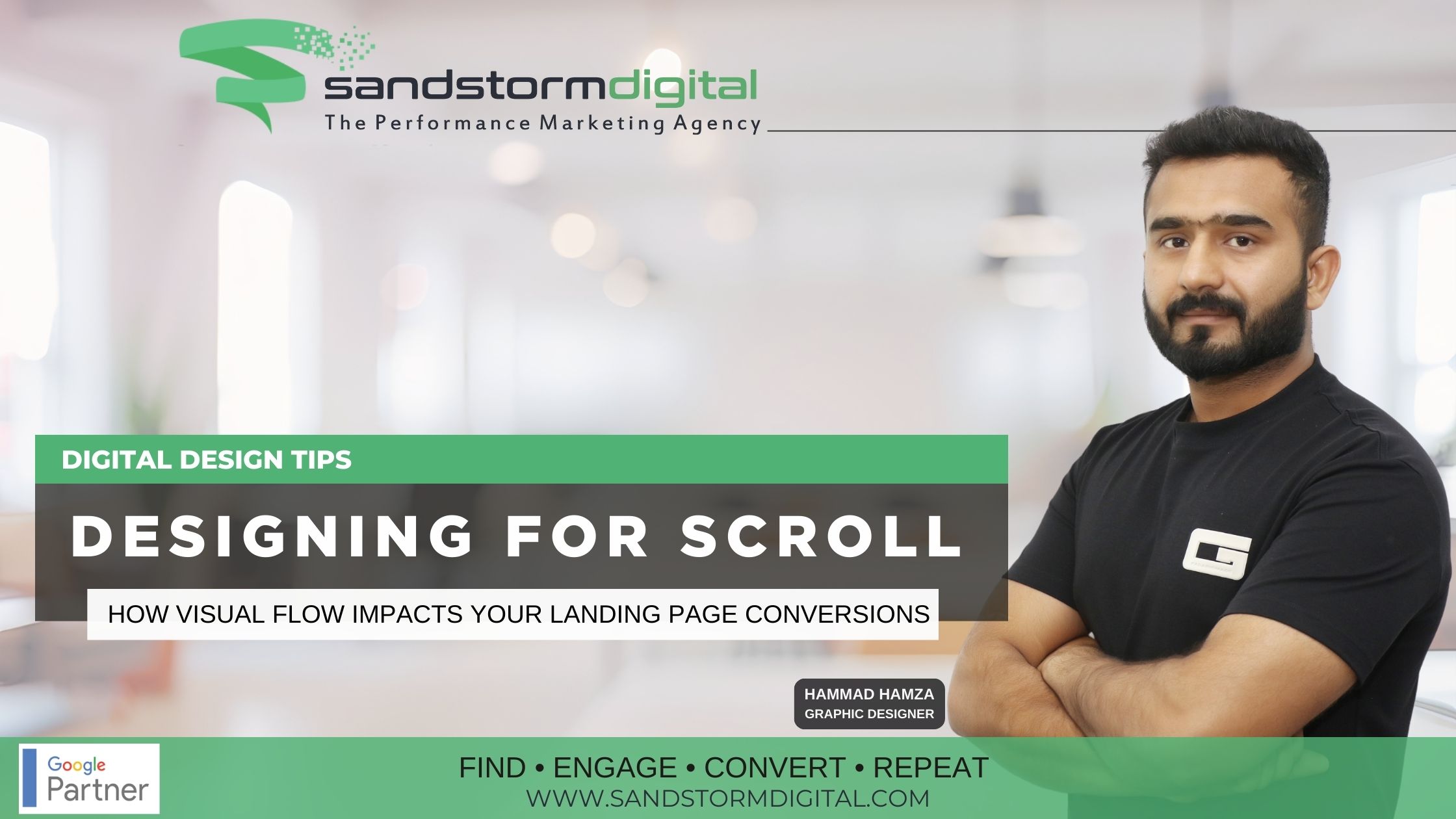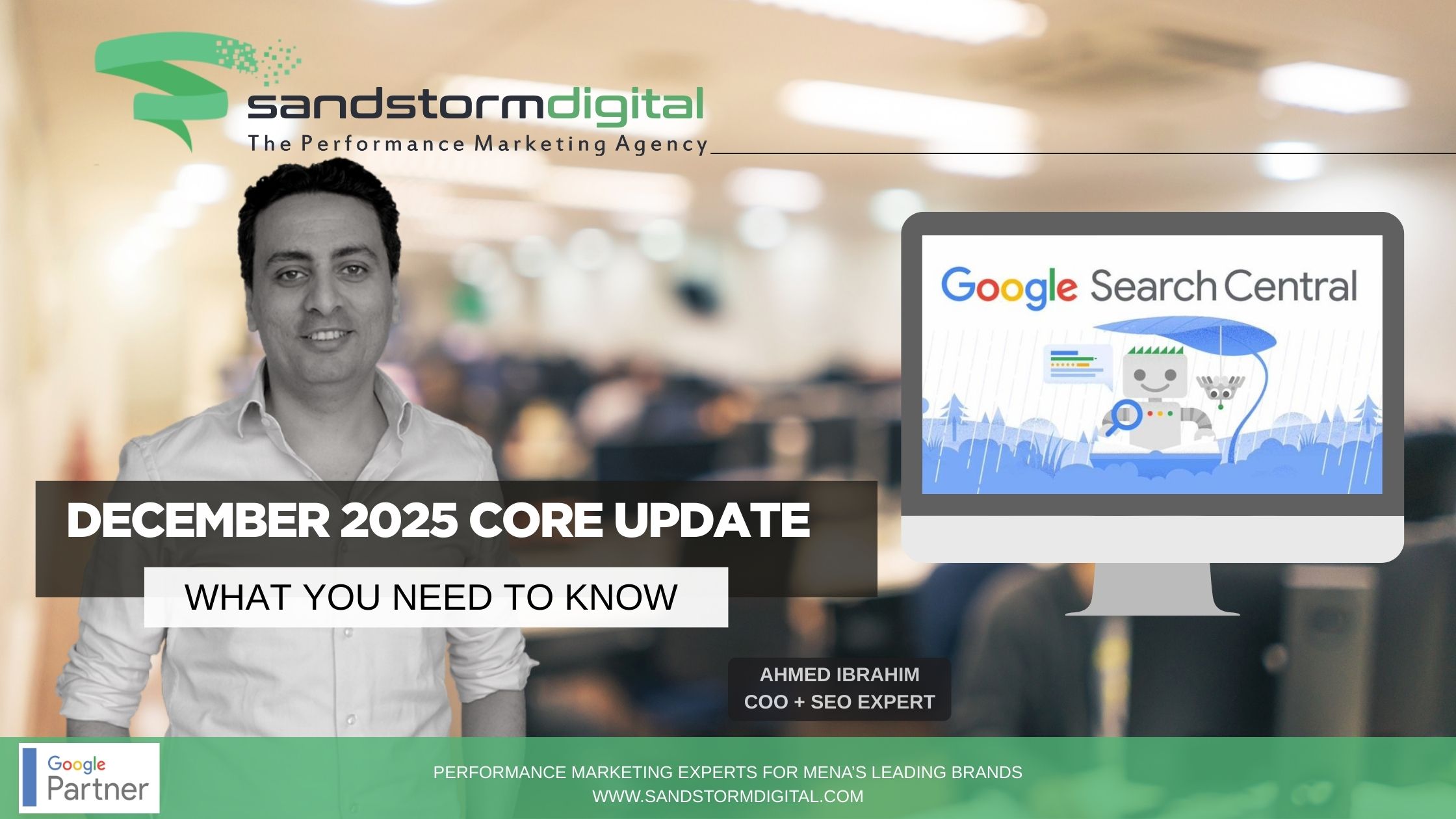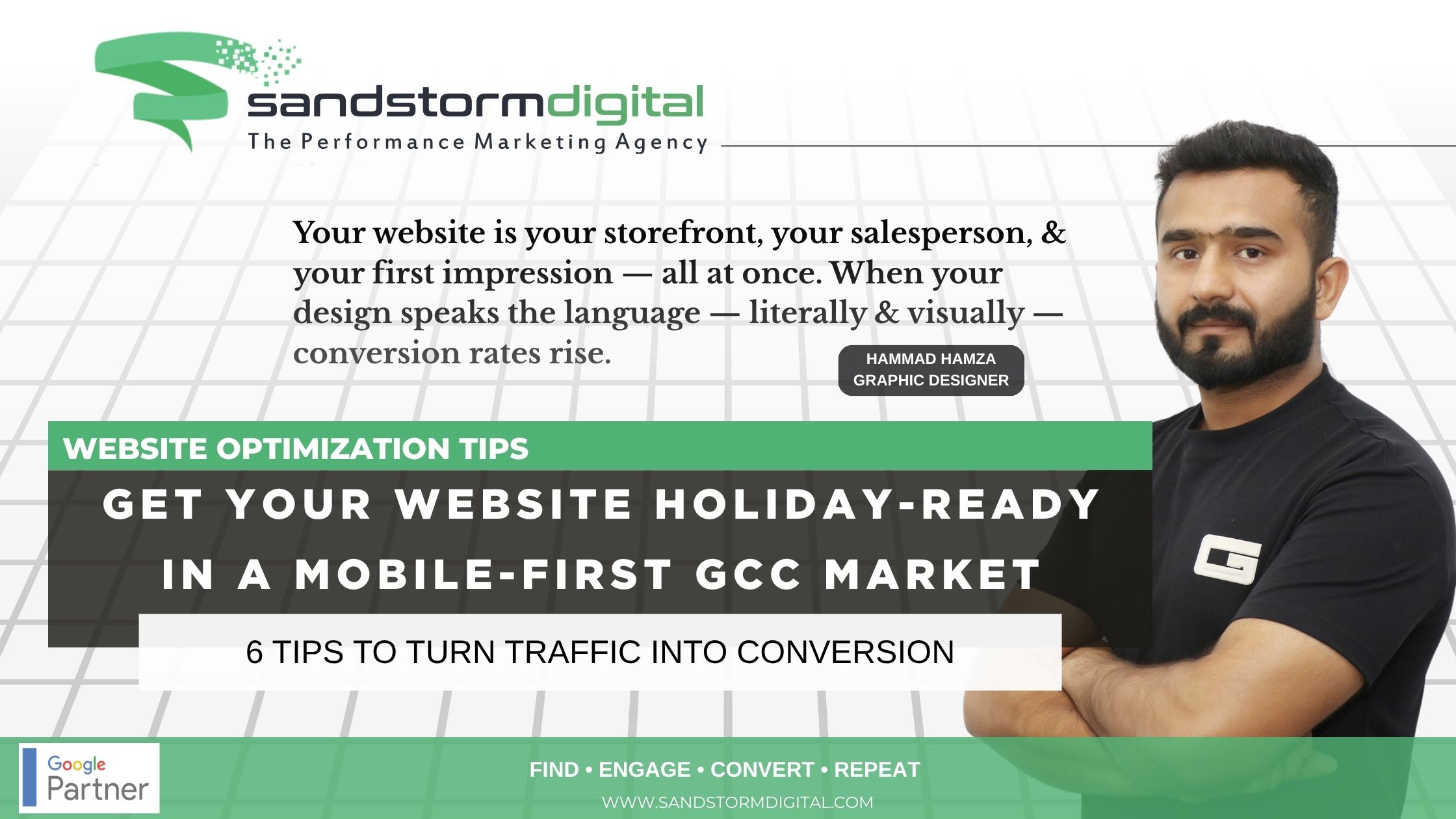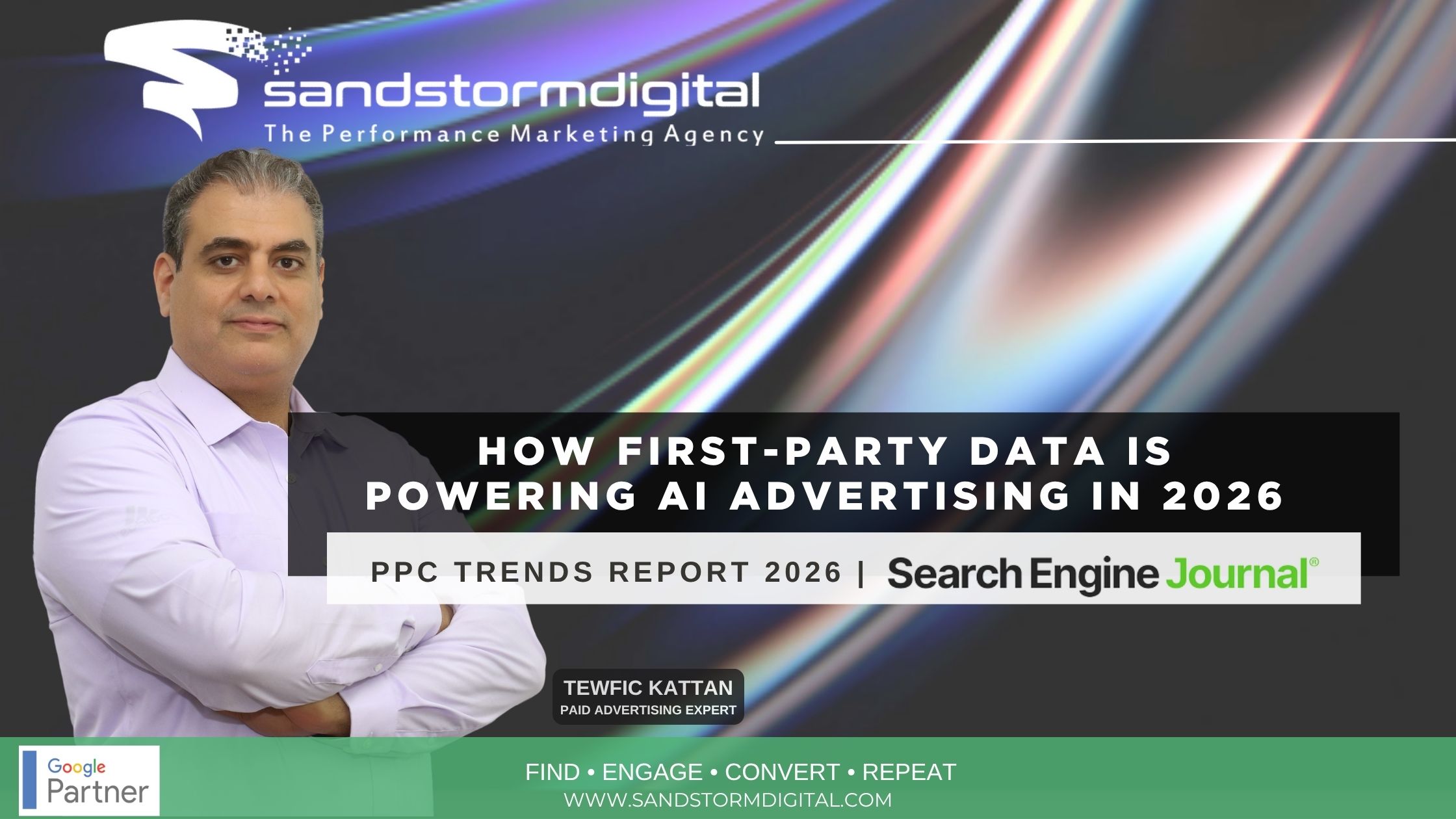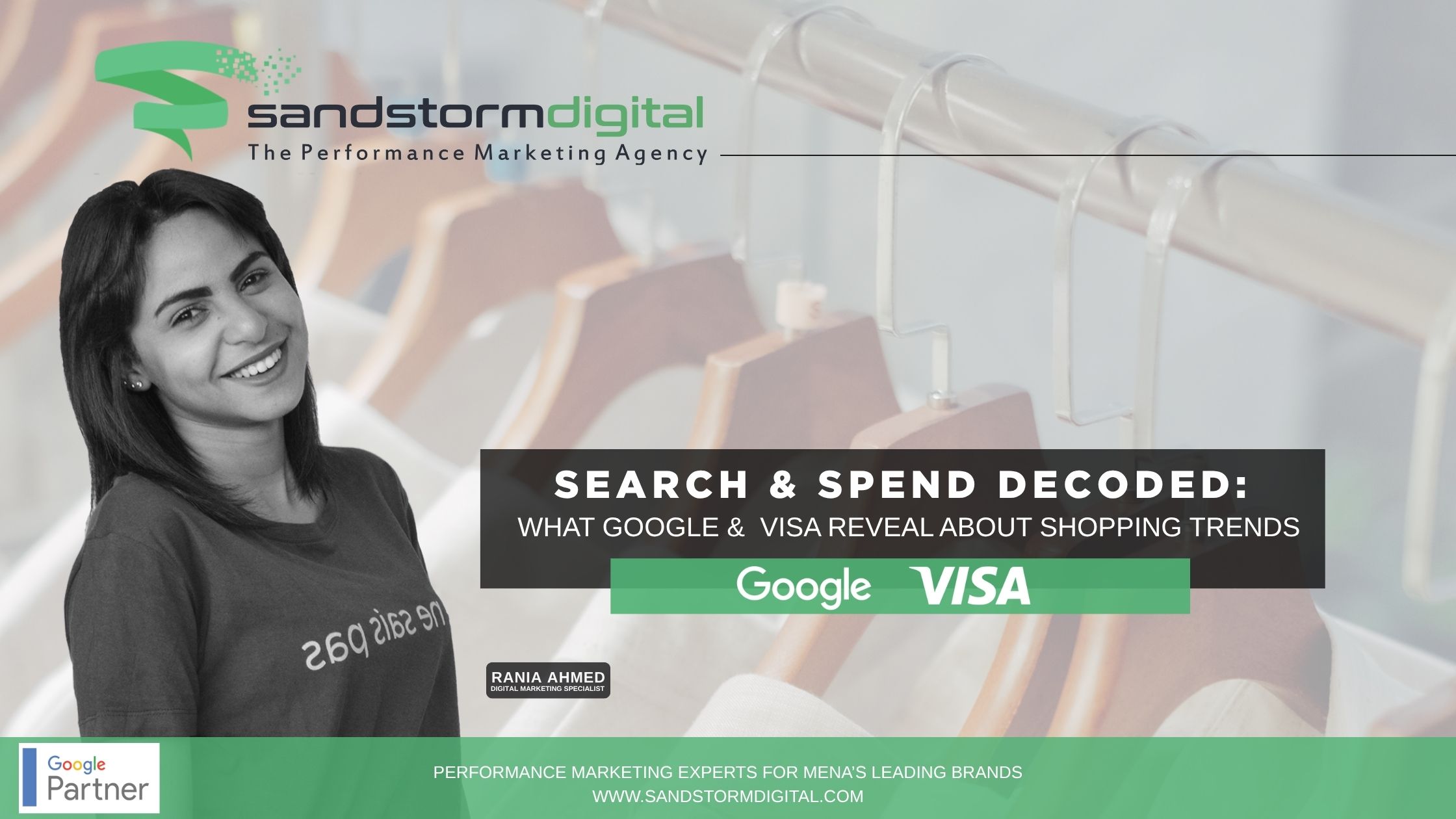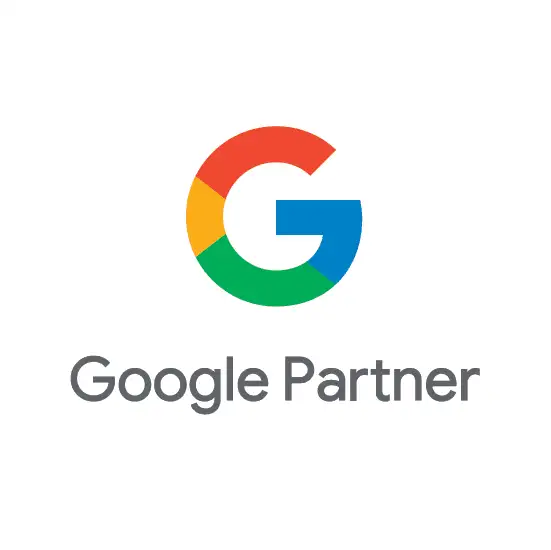Think of your landing page like a story. You have about 8 seconds to capture attention, hold it, and guide a visitor toward taking action. If your design doesn’t guide them — they’ll bounce.
We see this all the time: brands invest in ads, SEO, and great content… only to lose potential leads because the landing page feels confusing, overwhelming, or just plain boring. The fix? Strategic visual flow.
What Is Visual Flow?
Visual flow is how the human eye moves through your page. It’s influenced by layout, typography, color, whitespace, imagery, and motion. A good design gently nudges users where you want them to go — without them realizing it.
In web design, scroll behavior is your best friend. Instead of cramming everything above the fold, we design sections that pull users down naturally, using rhythm, contrast, and pacing.
How We Design for Scroll
1. Anchor With a Strong Visual Hierarchy
We structure your page like a funnel — headline, subhead, CTA, social proof, features, etc. Each section has one job: keep the user moving.
- We use large, bold headlines to establish context.
- Supporting visuals and whitespace break the page into bite-sized chunks.
- CTA buttons are repeated and varied — not just at the top.
2. Section Transitions That Guide the Eye
Design isn’t static. We use:
- Subtle background changes between sections
- Zig-zag content layouts to create motion
- Downward visual cues (arrows, slants, or overlapping content)
This tricks the eye into wanting to scroll.
3. “Sticky” CTAs and Navigation
On mobile especially, a sticky button or menu is the difference between bounce and convert. We design sticky headers and floating CTAs that follow users just long enough to stay helpful — not annoying.
What the Data Tells Us
We use tools like to measure scroll behavior. Here’s what we’ve found across dozens of campaigns:
- Users who scroll past the 50% mark are 3x more likely to convert.
- Pages with clear visual breaks and directional cues increase average scroll depth by 30–40%.
- Repeating your primary CTA at the 75% scroll mark can improve conversions by up to 20%.
Common Mistakes We See
❌ Huge blocks of text above the fold
❌ Lack of contrast between sections
❌ Only one CTA, buried at the bottom
❌ Dead space without visual cues to continue
If users don’t know there’s more below, they won’t scroll. If the flow feels disjointed or crowded, they’ll leave.
Bonus: A Landing Page Layout That Works
Here’s a layout we often use for high-converting pages:
- Hero (Headline, Subhead, CTA)
- Social Proof (Logos, testimonials)
- Problem + Solution (Concise copy + visuals)
- Benefits/Features (Icons, short copy, CTAs)
- Credibility Builder (Case study snippet or quote)
- Final CTA + Lead Form
Each section builds trust, delivers clarity, and leads to action.
Finally…
If your landing pages aren’t converting, the problem might not be your offer — it might be your flow. Great design doesn’t just look good — it feels easy to follow. And in digital marketing, ease equals conversions.
Want us to review one of your landing pages? Our design team can give you a free visual flow audit and actionable fixes. Learn more
